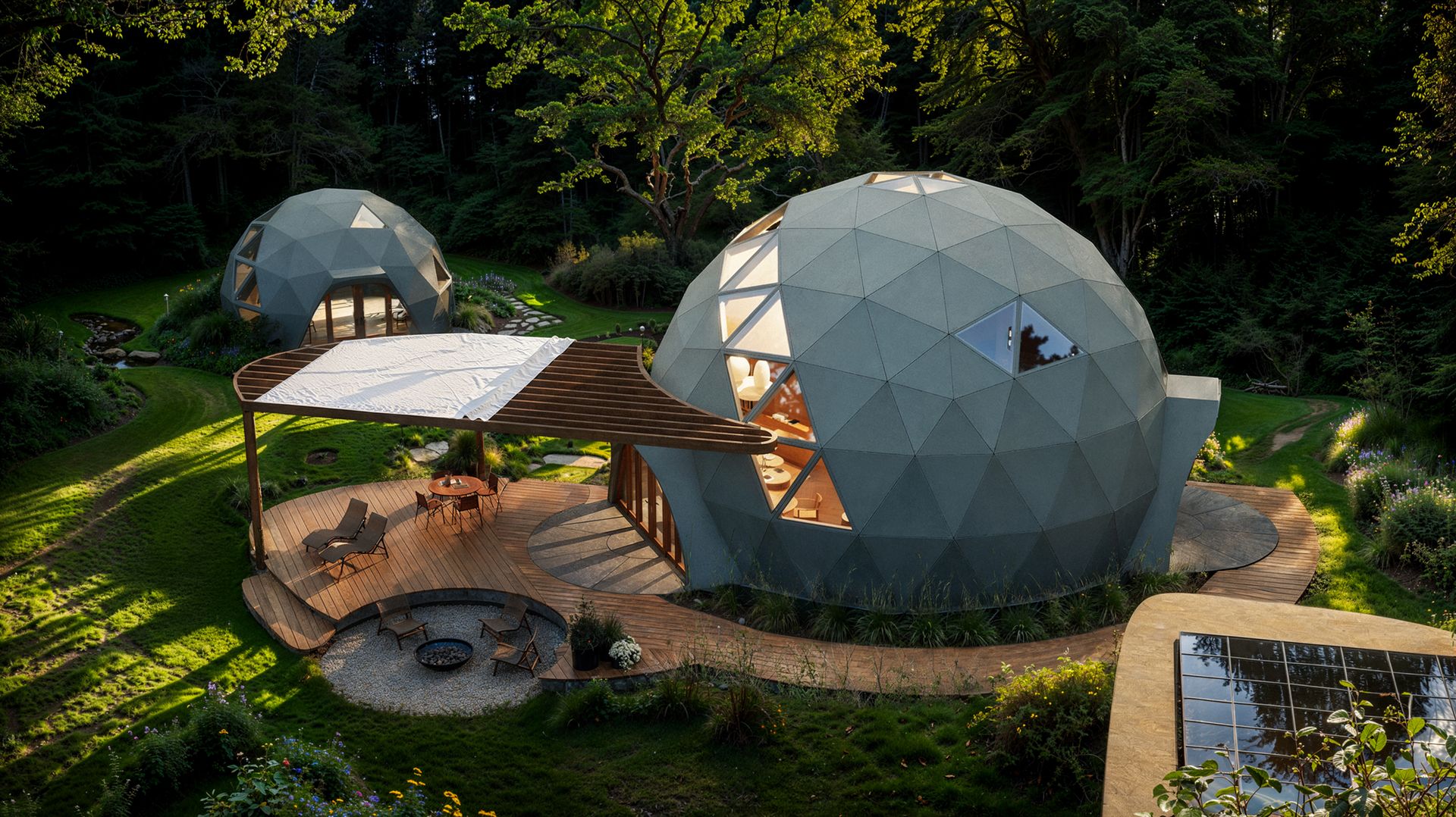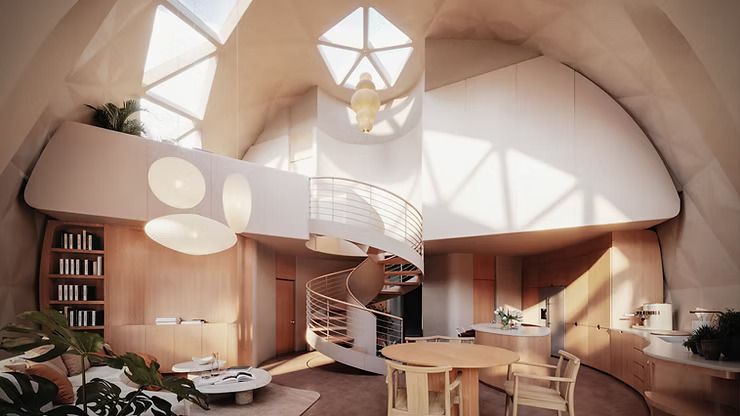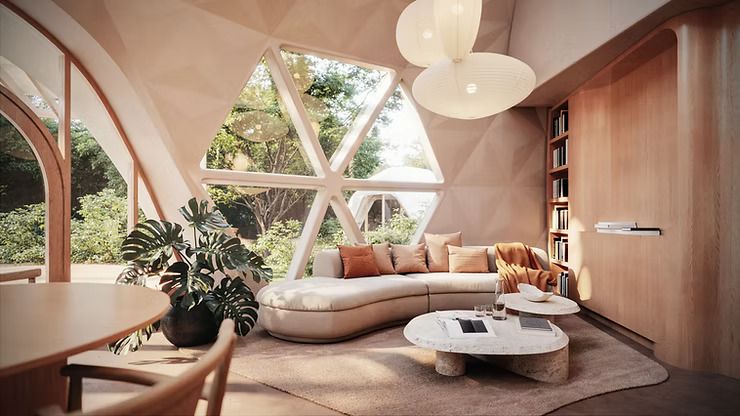Rethinking Resilient Housing in the Caribbean: Why Bioceramic Domes
Why Geoship’s Bioceramic Domes Deserve a Seat at the Table
Caribbean housing is at a crossroads. Every hurricane season, families and governments face the same hard truth: traditional construction is expensive to build, costly to insure, and often ill-suited for surviving the realities of climate change in the West Indies. For decades, our region has carried the burden of repairing and rebuilding after storms, with costs running into the billions. It is time to stop patching outdated systems and start exploring real innovation.
One such innovation is Geoship’s bioceramic geodesic dome homes. At first glance, they look futuristic. In practice, their potential for the Caribbean is very real.

Why the Dome Design Works Here
Hurricane Resistance: The geodesic shape sheds wind instead of fighting it. Unlike flat roofs or boxy structures, domes distribute stress more evenly, making them less likely to peel apart under 200 mph winds. For islands where Cat-5 hurricanes have become regular visitors, this is a critical advantage.
Mold, Fire, and Flood Resistant: Built with non-toxic ceramic composites, domes do not rot, burn, or harbor mold. In humid climates, this cuts down on health risks and long-term repair costs.
Earthquake Resilience: The self-supporting frame performs better under seismic shifts than reinforced concrete block, the region’s default material.
Energy Efficiency: Airtight, highly insulated shells lower cooling costs. This matters in markets already carrying the burden of volatile fuel prices.
The Cost Equation
Strength alone is not enough. Housing has to make economic sense.
Traditional builds: A hurricane-resistant reinforced concrete home in the islands can run from $150 to $250 per sq. ft. depending on materials. Add in steel, hurricane shutters, moisture barriers, and roof reinforcements, and the final number climbs higher.
Insurance premiums: In places like Dominica or The Bahamas, roof shape or building material can shift insurance rates by 20 to 40 percent. With formal credits for dome resiliency, that cost would drop.
Geoship numbers: Bioceramic domes price closer to $150 to $225 per sq. ft., competitive with traditional. The key difference is in maintenance. No termites, no mold remediation, no reroofing after storms. Over 30 to 50 years, the total cost of ownership trends far lower than concrete block construction.

Policy and Incentive Potential
This is where Caribbean stakeholders can act with real leverage. If governments adjust incentives, dome adoption can start quickly with pilot programs. Practical options include:
- Duty Exemptions: Waive or reduce import duties on bioceramic panels, tools, and assembly kits.
- Tax Breaks: Offer five to ten year property tax holidays for resilient housing that meets hurricane, mold, and fireproof benchmarks.
- Insurance Credits: Work with insurers to formalize mitigation credit schedules for resilient alternative structures. Lower risk should equal lower premiums.
- Pilot Projects: Direct social housing and disaster recovery budgets to test domes for displaced families. Public proof of performance under real storm conditions would transform market confidence.
Looking Forward
The Caribbean does not lack vision, talent, or creativity. What it often lacks is political will to break cycles of dependence on construction systems that repeatedly fail under climate stress. Adopting Geoship domes will not solve every housing problem, but it does open a pathway to models of living that are stronger, healthier, and more affordable over time.
For government leaders, developers, and insurers, this is more than a building system. It is an opportunity to reshape how risk, resilience, and community protection are designed into our built environment. With the right incentives, the Caribbean could stand out globally as a case study in climate-smart housing.

Prepared by MR Consulting (Caribbean)
